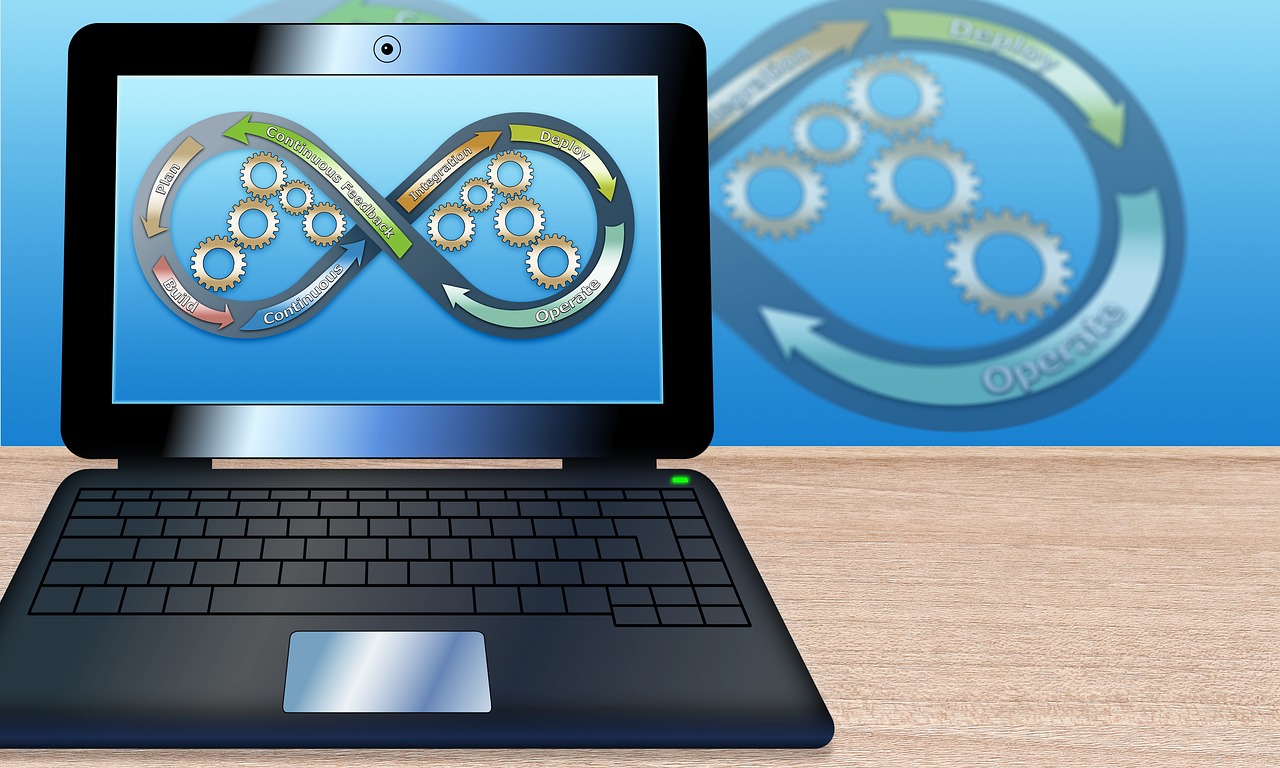Retail workforce management software can help you manage your workforce and streamline various tasks and processes. This type of software may feature a centralized platform that allows retail managers and human resource personnel to handle different tasks. Whether you have a single store or multiple stores, experts can tailor it to specific requirements to adapt to evolving needs.
Features of Retail Workforce Management Software
Retail workforce management (WFM) software enables retailers to manage and optimize the workforce in their business. Here are some standard features that can help facilitate these processes:
Employee Scheduling
Managers can create and manage employee schedules effectively with retail WFM software. These platforms offer features like shift planning, time-off requests, and shift swapping, making employee scheduling easier. The application’s user interface enables managers to assign employees to shifts and allocate tasks based on one’s skills and availability.
Employees can submit their requests on the platform, and managers can review and approve or decline based on operational requirements and employee availability. Managers can save commonly used schedules as templates in the platform and apply them to various weeks or periods, saving effort and time in schedule creation. Efficient workforce scheduling may help reduce understaffing or overstaffing situations.
Time and Attendance Tracking
Workforce software tracks attendance automatically, monitors punctuality, and calculates on-the-clock hours, including breaks and overtime. A time and attendance tracking feature may enable employees to clock in and out through mobile apps and web-based interfaces. With the right software, managers can receive alerts when a staff member does not clock in or out as scheduled.
For precise time and attendance tracking, certain software programs can incorporate geolocation or IP restrictions to verify that employees are clocking in from the designated work location. Retail WFM software can enforce regulations like maximum work hours, overtime calculations, and rest breaks, helping managers adhere to legal requirements. To manage patterns of absenteeism, employers use the time and attendance tracking functionality to take appropriate action or provide feedback to staff.
Labor Forecasting and Demand Planning
Retail workforce management software optimizes historical sales data and foot traffic to help identify seasonal patterns, and patterns in customer demands to make informed decisions. The platform can integrate with point-of-sale systems to analyze data, capture customer behavior, peak hours, and trends. By using forecasting algorithms, the right software may predict future labor needs.
These algorithms consider factors like sales volumes, promotions, and seasonality to offer valuable insights for labor forecasting. The software also takes into account weather conditions, special events, and holidays that can influence customer demand to implement proper staffing. The information can help managers to boost adequate coverage during busy periods and minimize overstaffing during slower times.
Employee Self-service
Workforce management software often features a self-service functionality. This would allow employees to view their assigned shifts, break times, and any schedule updates. With a self-service portal, the staff can auto-fill a variety of information. Some of the data they can update includes personal details like banking information, contact information, address, and emergency contacts. Employees can also access their payroll-related information, like pay stubs and tax information, through a self-service portal.
A self-service functionality can include communication features that enable employees to receive notifications about announcements and schedule changes from managers. With a self-service option, staff can indicate their preferred working hours, days off, and any constraints or restrictions to improve scheduling.
Performance and Analytics
Workforce management software offers performance management features like feedback mechanisms, goal setting, and performance tracking in a retail setting. The platform can help generate reports and analytics on different metrics like schedule adherence, staff productivity, and labor expenses. With such information, managers can make data-driven decisions.
Managers can access dashboards that display current performance metrics. This allows them to identify strengths and areas for improvement on an ongoing basis. Workforce software can help managers set performance goals and targets for frontline employees. Retail WFM software offers data visualization features in an easy-to-understand format for managers to navigate effectively.
Invest in Retail Workforce Management Software
Retail WFM software has different features, such as employee scheduling, employee self-service, performance and analytics, labor forecasting, and demand planning. These capabilities may help boost communication and employee engagement. Workforce software also eliminates hectic manual processes and may help reduce errors in the system. Invest in software that helps you optimize your workforce today.





Be First to Comment